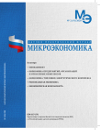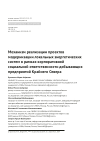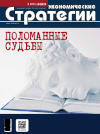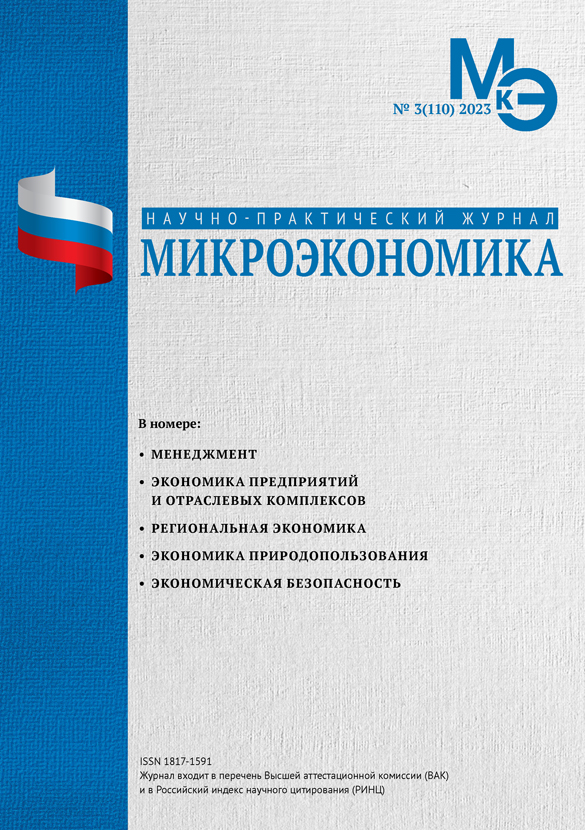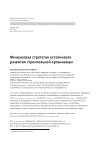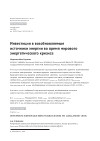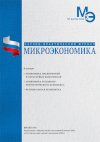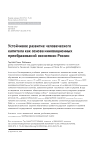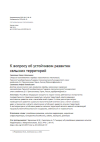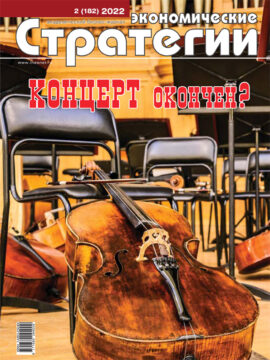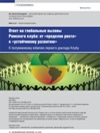The mechanism of implementation of projects for the modernization of local energy systems within the framework of corporate social responsibility of mining enterprises of the Far North
DOI: 10.33917/mic-6.119.2024.81-93
The authors analyzed the features of the functioning of diesel power plants in the decentralized regions of Yakutia and justified the need for their modernization using energy storage systems that optimize operating modes and reduce fuel consumption. A model of multilateral partnership is proposed, which includes three key elements: a Coordinating Council, a Project office and a Public Supervisory Board. A comprehensive system of socio-economic criteria for the selection of projects has been developed. The financial mechanism based on the creation of the energy development fund of the Far North, formed at the expense of contributions from mining enterprises and co-financing from regional authorities, is presented. The scientific novelty of the research lies in the development of a mechanism for integrating projects for the modernization of local energy systems into the structure of corporate social responsibility strategies of extractive enterprises, which ensures sustainable financing and implementation of projects. The results of the study can be used in the implementation of energy projects in other regions.
References:
1. Rodionova V.G. Economics and technologies of floating nuclear thermal power plants: pates «Akademik Lomonosov». Humanitarian Bulletin. 2017;10 (60):1–18. http://dx.doi.org/10.18698/2306-8477-2017-10-475
2. Lukutin B.V., Sarsikeev E.Zh., Shandarova E.B. Assessment of the technical and economic efficiency of the electric energy storage device in an autonomous microhydroelectric power plant. Modern problems of science and education. 2014;(2–2):145–152.
3. Order of the Government of the Republic of Sakha (Yakutia) dated September 13, 2022 No. 877-r. «Energy saving and energy efficiency improvement in the Republic of Sakha (Yakutia) for 2022–2027 and for the period up to 2030». Regional program. URL: https://base.garant.ru/405313541/
4. Kosov M.E. Criteria and methods for evaluating the effectiveness of investment projects. ANI: economics and Management. 2017;4 (21):120–123.
5. Chemezov A.V., Yakhina E.R., Shamarova N.A. On the issue of defining the concept of «Energy efficiency». Bulletin of IrSTU. 2015;10(105):258–262.
6. Eremeeva R.E. The use of alternative energy sources in rural areas of Yakutia. Youth and scientific and technical progress in the modern world: Materials of the III All-Russian Scientific and practical conference of students, postgraduates and young scientists. March 24–25, 2019. Yakutsk: NEFU Publishing House, 2019. pp. 66–71.
7. JSC «System Operator of the Unified Energy System». Report on the functioning of the UES of Russia in 2023 (based on operational data). URL: https://www.so‑ups.ru/fileadmin/files/company/reports/disclosure/2024/ups_rep2023.pdf
8. Dar’enkov A.B., Hvatov O.S., Miryasov G.M. Modern trends in the construction of alternating voltage power converters. Proceedings of the Nizhny Novgorod State Technical University. Vol. 77. N. Novgorod, 2009. pp. 21–25.


